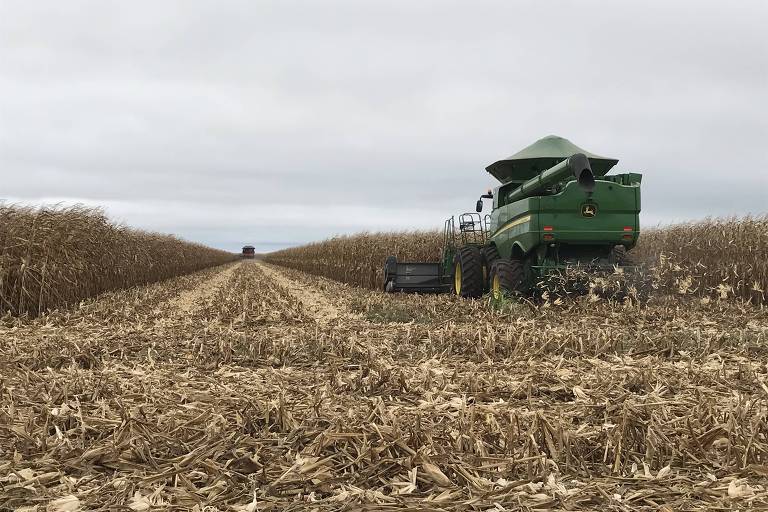The biggest surprise in the 1.9% GDP growth in the first quarter, was that agricultural production jumped 21.6% in the period, compared to the last three months of 2022.
In the new IBGE (Brazilian Institute of Geography and Statistics) Census, the Midwest and North of Brazil, the most recent agricultural frontiers, were the only regions with a population increase greater than the national average. They grew by 1.23% and 0.75%, respectively, above 0.52% in the country.
In recent years, agribusiness has been transforming culture and cities in Brazil, raising the income of some states above average, reducing inequality, and attracting a new wave of migrants looking for opportunities
The protagonist of Globo TV's prime-time soap opera, "Terra e Paixão" ("Land and Passion"), and a main theme for new musical hits, agribusiness attracts billions of reais in investments, enhancing the industrial and service sectors.
In 16 years, the GDPs of Mato Grosso, Tocantins, Piauí, and Rondônia grew at a much higher rate than that of several states. Today, 25% of the Brazilian GDP comes from agribusiness.
According to FGV Social, the average per capita income from work in the Midwest is the highest in the country. In terms of inequality measured by the Gini index (from 0 to 1; the lower, the better), it is the second least unequal region (0.57), only behind the South (0.54), which has been agricultural for many decades.
In Mato Grosso, in cities like Sorriso and Sapezal, thousands of workers from Maranhão, Bahia, and Minas Gerais come looking for jobs.
While in the Midwest the growth of agriculture is due to increased productivity, in the South, with land already practically occupied, the activity is verticalized, adding value.
In Cafelândia (Paraná), grain and animal protein producers manufacture their own-brand items sold in Japan. Tilapia fillets from Paraná reach Manaus.
Agribusiness directly employs 20% of Brazilians, with a trend towards a decline in work on farms and an increase in agribusiness and services related to the activity.
The dark side is that agribusiness accounted, in 2022, for 87% of the 2,575 people rescued in situations analogous to slavery, according to the Ministry of Labor. Since 1995, there have been more than 60,000 rescues concentrated in the activity, which directly employs 18 million people.
It is also a very concentrated sector. According to the 2017 Agricultural Census, 4% of the properties own 63% of the land. In contrast, 65% of rural establishments represent 9% of minimum areas for subsistence and small-scale production.
In the last decade, the revenues that irrigated Brazilian farms, and leaked to the surrounding municipalities, jumped by almost 40%, reaching R$ 1.2 trillion this year.
According to the consulting firm MB Associados, in 2023 economic activity should grow 6% in the agricultural states of the South and 5.1% in the Midwest. The advance will be 2.8% in the North; 1.4% in the Northeast and 1.2% in the Southeast.
"In states in the Midwest, the weight of agriculture in the GDP already reaches 50%", says Sérgio Vale, chief economist at MB Associados.
In this context, ruralists and the Ministry of the Environment and NGOs in the area exchange accusations about deforestation and the use of pesticides.
Sector businessmen do little to separate the "wheat from the chaff". And ruralists in Congress don't miss opportunities to change laws or empty the Environment cabinet.
The most recent Annual Deforestation Report from MapBiomas which consolidates data from the national territory, reveals that from 2019 to 2022, more than 303,000 deforestation events were reported, totaling 6.6 million hectares, equivalent to one and a half times the area of the state of Rio de Janeiro.
Translated by Cassy Dias
